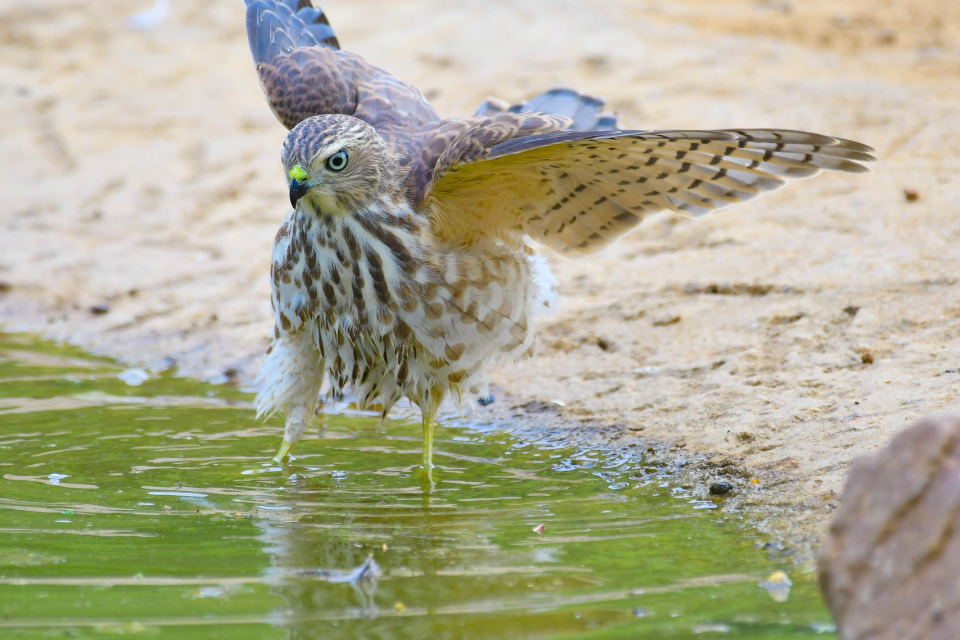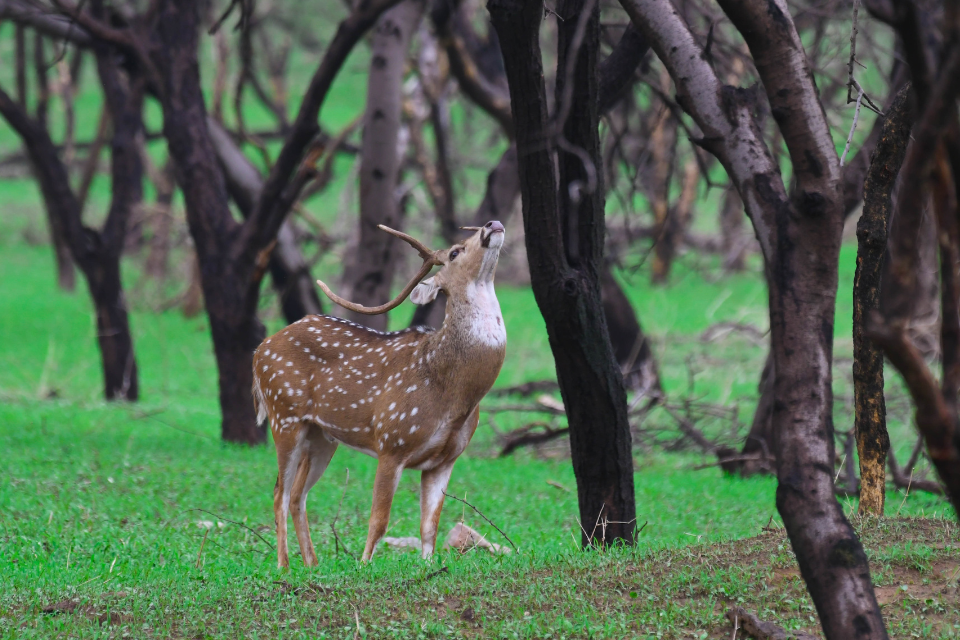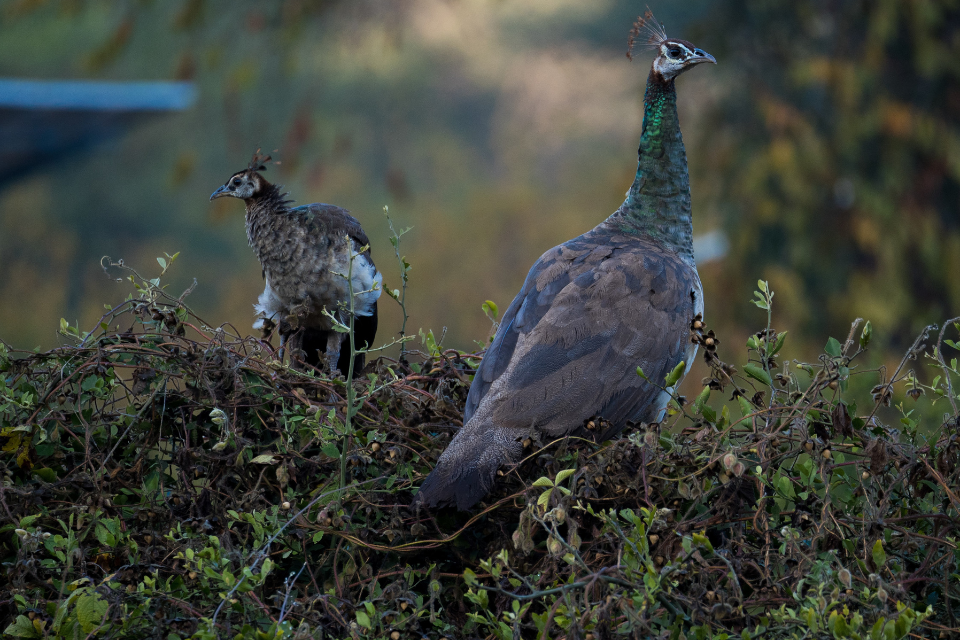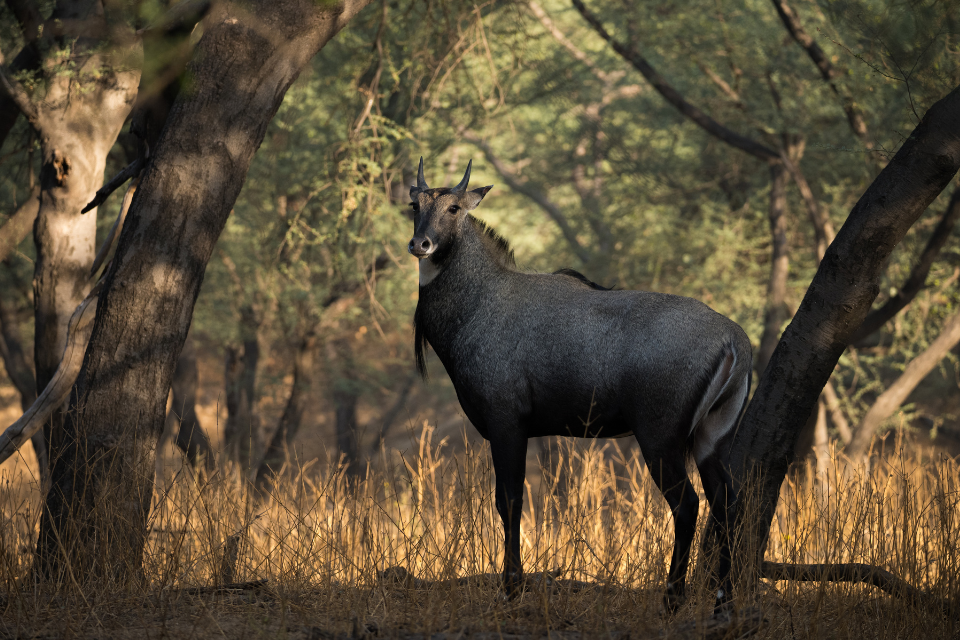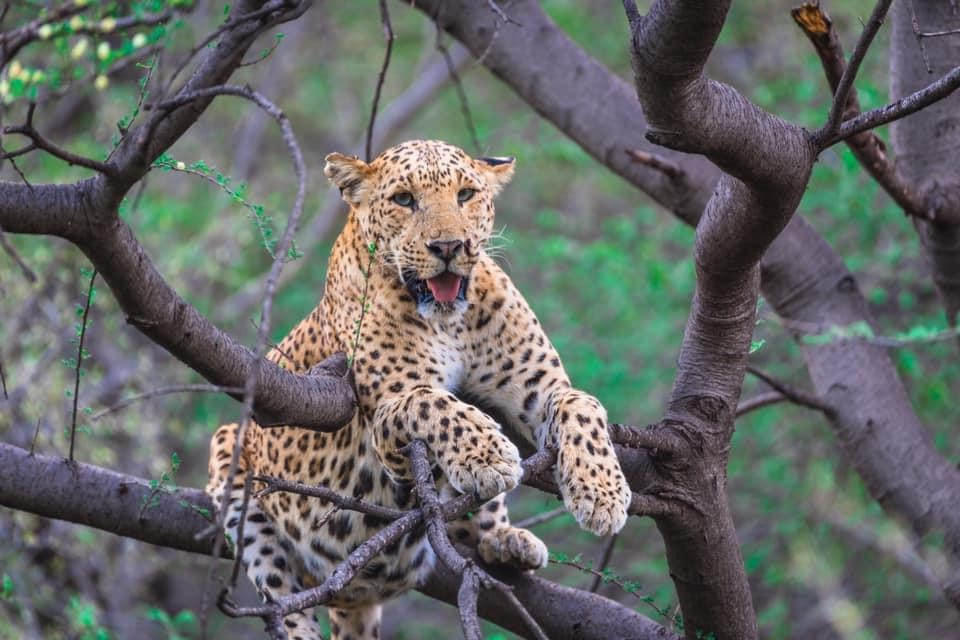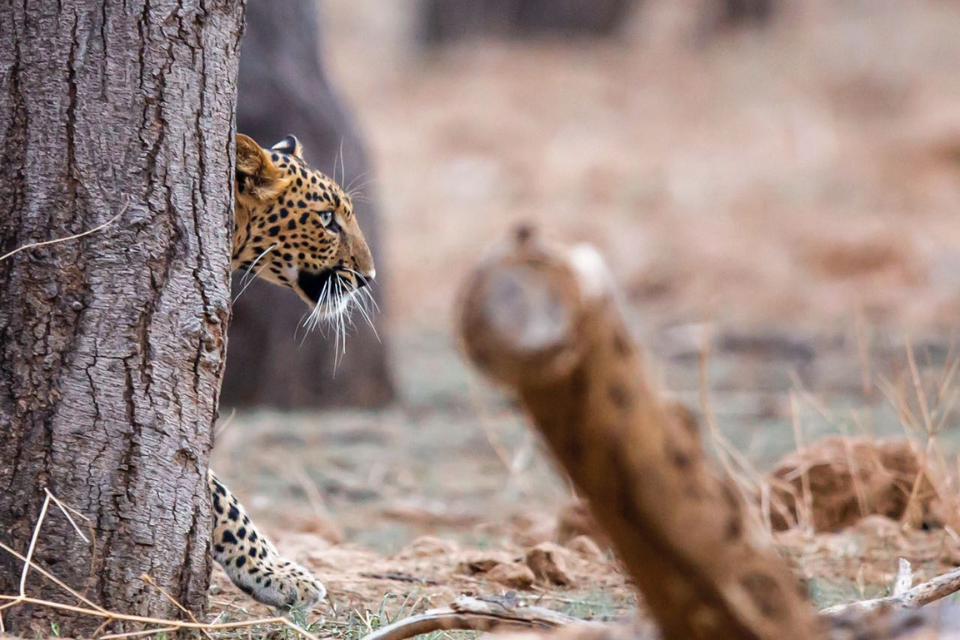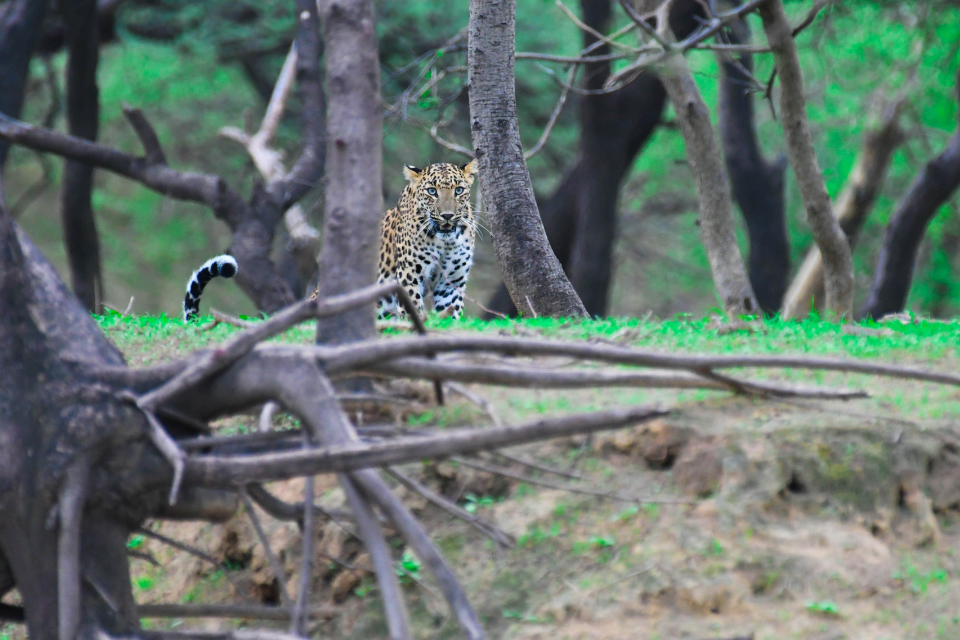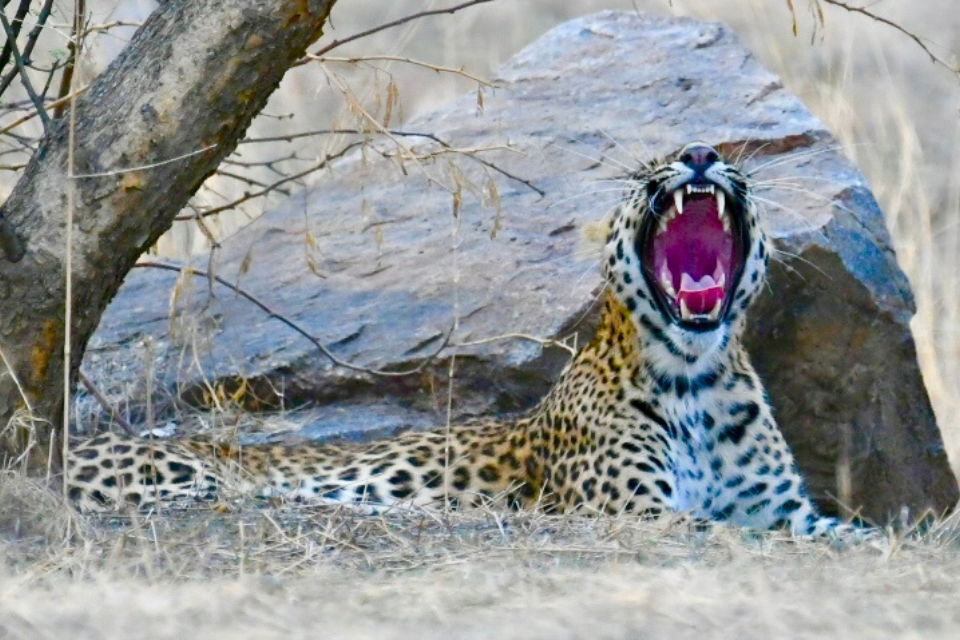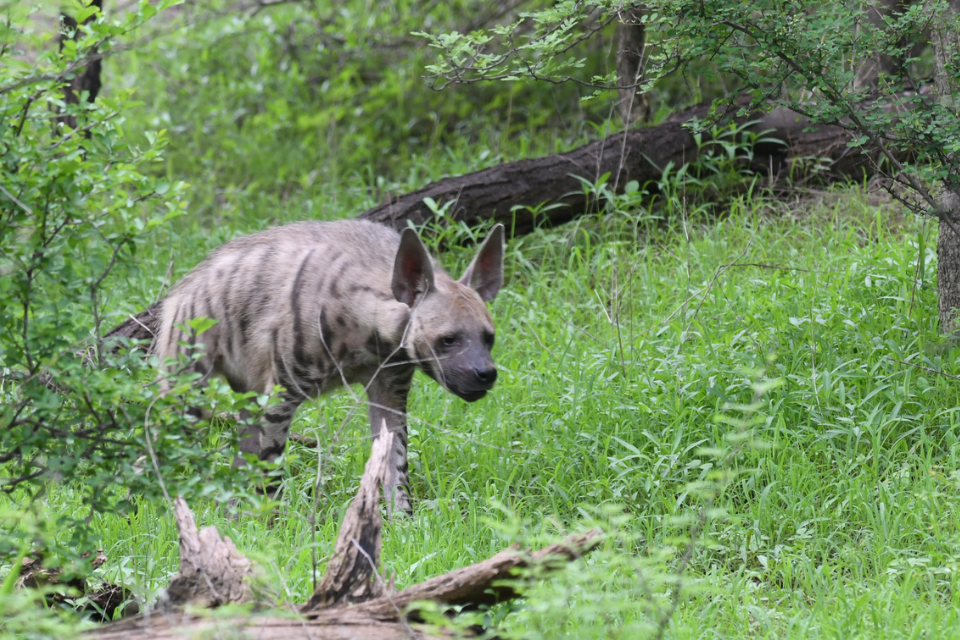- August 25, 2025
How Guides Identify Individual Leopards — Rosettes, Whisker Spots, Ears, Tail Rings & More
Leopards are the stealth artists of the cat world—silent, shadow-colored, and maddeningly good at vanishing just when you lift the binoculars. Yet experienced guides can often say, “That’s the male we call Split-Ear,” or “The young female Ridge-3.” How do they do it—consistently and ethically—when sightings are fleeting and light is fickle?
This long-form guide explains, in plain language, how professionals identify individual leopards. We’ll cover spot-pattern anatomy, whisker-spot grids, ear nicks, tail-ring counts, scars, gait, pugmarks, and the modern helpers—camera traps and pattern-matching software. You’ll also learn a step-by-step field workflow, common pitfalls, and how photographers can contribute usable ID images without disturbing the animal.
Why Identification Matters (and Why It’s Hard)
Correctly identifying individuals lets guides and researchers:
- Track territories and movements (corridor use, mating dispersal, human-wildlife interfaces).
- Monitor health and demographics (survival of cubs, injuries, coalition dynamics).
- Improve guest experiences with richer stories grounded in real animals, not guesswork.
- Reduce conflict by understanding which leopard frequents which edges of a park or city.
The difficulty: leopards are variable and fast. You rarely get the perfect broadside. Light can be harsh, grass tall, and view angles oblique. That’s why robust IDs rely on multiple markers and repeatable protocols, not just a hunch.
Leopard “Fingerprint”: Understanding Spot Patterns (Rosettes)
A leopard’s coat is covered in rosettes—clusters of dark spots forming open circles or blotches. While similar across the species, the arrangement is unique to each individual, especially on the shoulders, flanks, and upper thighs. Guides mentally build a “map” of landmark clusters:
- Anchor clusters: The first large rosette groups behind the shoulder blade; often asymmetric left vs right.
- Bridging bars: Chains of rosettes that look like dotted “lines” toward the belly.
- Hip constellations: Denser or oddly shaped clusters near the rear leg.
- Negative space: Pale patches between rosettes that form memorable shapes (hooks, wedges).
Pro tip: Because rosettes are three-dimensional over muscle, they shift with posture. Guides learn to recognize the pattern, not the pose. They also try to log both flanks, because left and right sides differ subtly.
The Whisker-Spot Grid: A High-Confidence Marker
Above a leopard’s upper lip is a pad dotted with whisker (vibrissae) follicles. The black spots where whiskers emerge create a stable, countable pattern, typically read in rows from the nose outward. In practice:
- Capture the muzzle in good focus.
- Count and sketch the first two rows of whisker spots (left and right sides).
- Note gaps or double spots that act like “birthmarks.”
This grid is highly reliable because it doesn’t stretch much with posture and changes little over time. Many scientific catalogs use whisker patterns as a primary key, with rosettes as secondary confirmation.
Ears, Scars & Other Durable Field Marks
Leopard faces and ears accumulate life’s wear-and-tear. Guides catalogue:
- Ear nicks & notches: Tiny V-shapes from fights or thorns; often one ear becomes distinctive (e.g., “Split-Ear”).
- Scar maps: Above the eye, along the muzzle, or on shoulders. Fresh scars heal—guides re-check over weeks.
- Tail ring count: The tail’s distal end usually has alternating dark rings. Counting from the tip inward (e.g., “five rings plus a thick terminal band”) is surprisingly useful—especially at dusk when only the tail shows above grass.
- Eye set & facial mask: Eye spacing, brow ridges, and tear-line contrast can help, though eye color alone is unreliable and shifts with light.
- Dewlap & body mass: Mature males may develop a throat dewlap and heavier forequarters; a “square-headed” look can hint at sex and age class, not the individual.
Body Language & Gait (Use Cautiously)
Movement patterns sometimes differentiate regulars:
- A rolling, heavy-shouldered gait in a big male vs the elastic, quick step of a young female.
- Tail carriage (slightly kinked, rigid, or curved like a question mark).
- Behavioral quirks (habit of using a particular rock, scrape tree, or culvert).
These cues are supporting evidence, never standalone proof. Guides always pair them with rosette/whisker/ear markers.
Tracks, Scrapes & Scent Posts (Context Markers)
Leopards leave pugmarks—rounded, asymmetrical footprints without claw marks (retracted claws). Experienced trackers compare pad shape and toe spacing, but dust, substrate, and erosion make individual-level certainty hard. More reliable are contextual cues:
- Scrape sites on sandy patches under signature trees.
- Scent posts and overhanging branches repeatedly used by the same cat.
- Territorial overlap: guides mentally map where particular individuals are often seen.
These help predict which leopard you’re likely seeing, then visual markers confirm the ID.
Cameras, Camera Traps & Software
Modern ID blends classic tracking with tech:
- Telephoto stills: A 200–400 mm lens captures rosettes and whisker pads without approaching too close. High shutter speeds freeze the muzzle; continuous AF and burst mode help in scrub.
- Camera traps: Infrared units at trail bottlenecks capture flank images at night—gold for catalogs.
- Pattern-matching tools (e.g., open projects used in research): Algorithms compare spot constellations like a fingerprint, scoring similarity. They’re not magic, but they flag likely matches for human review.
Metadata discipline: GPS, date, time, and angle (left/right flank) embedded in EXIF lets teams merge and verify sightings.

A Repeatable 10-Step Field Workflow (Used by Pros)
- Observe safely first. Position the vehicle with a respectful buffer; never block paths or surround the cat.
- Start wide. Take a few context shots to pin place and posture.
- Prioritize the muzzle. Grab a sharp whisker-pad photo (both sides if possible).
- Lock a flank. Get at least one broadside flank showing shoulder-hip rosettes.
- Catch the tail. Photograph the tip-to-base rings; note count & thickness.
- Ears & scars. Zoom on both ears; note nicks, notches, edge tears.
- Annotate immediately. Add quick voice notes: “Left flank, three-dot shoulder cluster, five tail rings, nicked right ear.”
- Log metadata. Date, time, GPS, habitat (ridge/valley/edge), behavior (stalking/resting).
- Cross-check later. Compare with your camp’s catalog and team sightings. Never publish a claim until two markers match cleanly.
- Update the catalog. If it’s a new leopard, assign a neutral code (e.g., JLR-L-07) before nicknames to avoid bias.
Common Pitfalls (and How to Avoid Them)
- Single-marker overconfidence: A neat ear nick can mislead if two cats share it. Always use two or more independent markers.
- Angle illusions: Rosettes look “stretched” when the cat turns. If in doubt, wait for a better angle rather than forcing a match.
- Lighting lies: Dawn/dusk color casts change contrast; underexposure kills whisker-spot detail. Use exposure compensation and spot metering on the muzzle.
- Old photos, new cat: Subadult features change quickly across six months. Keep catalogs dated; re-validate IDs after growth spurts.
Nickname bias: Once a name sticks, confirmation bias creeps in. Keep a code-first catalog and demand evidence for every ID.
Ethics: The Non-Negotiables
- Distance & conduct: No baiting, no calls, no chasing. If a leopard wants space, give it.
- Lights & noise: No flash at close range; no spotlighting of cubs; keep radios and chatter down.
- Routes & vegetation: Stick to designated tracks; don’t trample to “improve” angles.
- Data sensitivity: Avoid posting den sites or sensitive coordinates. Blur or generalize locations for public posts.
Ethical fieldcraft protects the animal and also keeps your IDs repeatable—a calm leopard behaves naturally, giving you the views you need.
Building a Simple Leopard ID Catalog (For Camps & Clubs)
- Folder by Individual: Area/IndividualCode/Year/
- Minimum set per sighting: Left flank, right flank, left/right whisker pad, tail tip, ears.
- One-page sheet per cat:
- Code & Nickname
- First confirmed date & coordinates
- Sex/Age class
- Markers: Whisker grid (sketch), flank highlights, tail-ring count, ear notes
- Territory notes and last known status
- Version control: Save v1, v2 with change notes (“ear nick deepened,” “new scar above right eye”).
- Review cadence: Team review monthly; archive uncertain IDs into a “pending” folder until proof arrives.
For Photographers: How to Capture Usable ID Images
- **Aim for the muzzle and shoulder first—whisker spots + anchor rosettes.
- Shoot in bursts as the head turns to net at least one sharp, front-lit frame.
- Keep ISO realistic (e.g., 1600–3200 at dusk) so shutter speed stays high (1/1000s+ for movement).
- Stabilize against the vehicle frame; avoid standing up if it unsettles the cat.
- Label immediately (“Left flank”, “Right flank”) in your phone notes—memory fades, data saves the day.
Micro-Case: Fast ID from a Glimpse
A vehicle rounds a bend at last light. A leopard crosses the track and pauses behind thorn scrub—only the tail and right ear visible. The guide whispers, “Likely Ridge-3.” Why?
- Tail rings: Six thin rings from the tip—rare in that valley.
- Right ear: A small U-nick at 1 o’clock.
- Context: Exact ridge saddle used twice last week by the same animal.
When the cat steps out, a quick whisker-pad shot confirms the ID. The guide didn’t “guess”; they used two durable markers + place memory, then verified.
FAQs
Q1. Do leopard spots change as they age?
A. The pattern doesn’t; what changes is muscle and fur condition, which can make rosettes look stretched or faint. That’s why guides prefer muzzle whisker spots plus a flank for confirmation.
Q2. Is eye color reliable for ID?
A. Not really. Color shifts with angle and light, and cameras interpret hues differently. Use ears, whisker pad, rosettes, and tail rings instead.
Q3. Can two leopards share the same ear nick?
A. Yes, which is why single-marker IDs are risky. Combine ear shape with whisker grid or a distinct flank cluster.
Q4. How accurate are software matches?
A. Good at narrowing candidates, not declaring truth. Human review against known markers remains essential.
Q5. What’s the quickest “field triage” when the view is brief?
A. Tail rings + one ear + a muzzle burst. Log context (place/time) and verify later with team catalogs.
Q6. Are pugmarks enough for individual ID?
A. Usually no. Substrate and erosion distort prints. Tracks guide the search; photos confirm the cat.
Q7. Is it okay to name leopards?
A. Neutral codes keep records rigorous. Nicknames can help guests connect, but always anchor the name to documented markers.
Final Takeaway
Great leopard IDs aren’t lucky guesses; they’re layered, ethical, and repeatable. Learn the whisker-spot grid, memorize a few rosette anchors, check ear edges and tail rings, and let behavior and place refine the picture—not replace it. Whether you’re a guide, a photographer, or a first-time safari guest, this approach turns a fleeting glimpse into a credible story of a real individual—one you might meet again on the next bend in the track.
Disclaimer All images used in this blog are either sourced from public domain or credited to their respective owners. If you are the copyright holder of any image and wish to request its removal or proper attribution, please contact us at [email protected]




